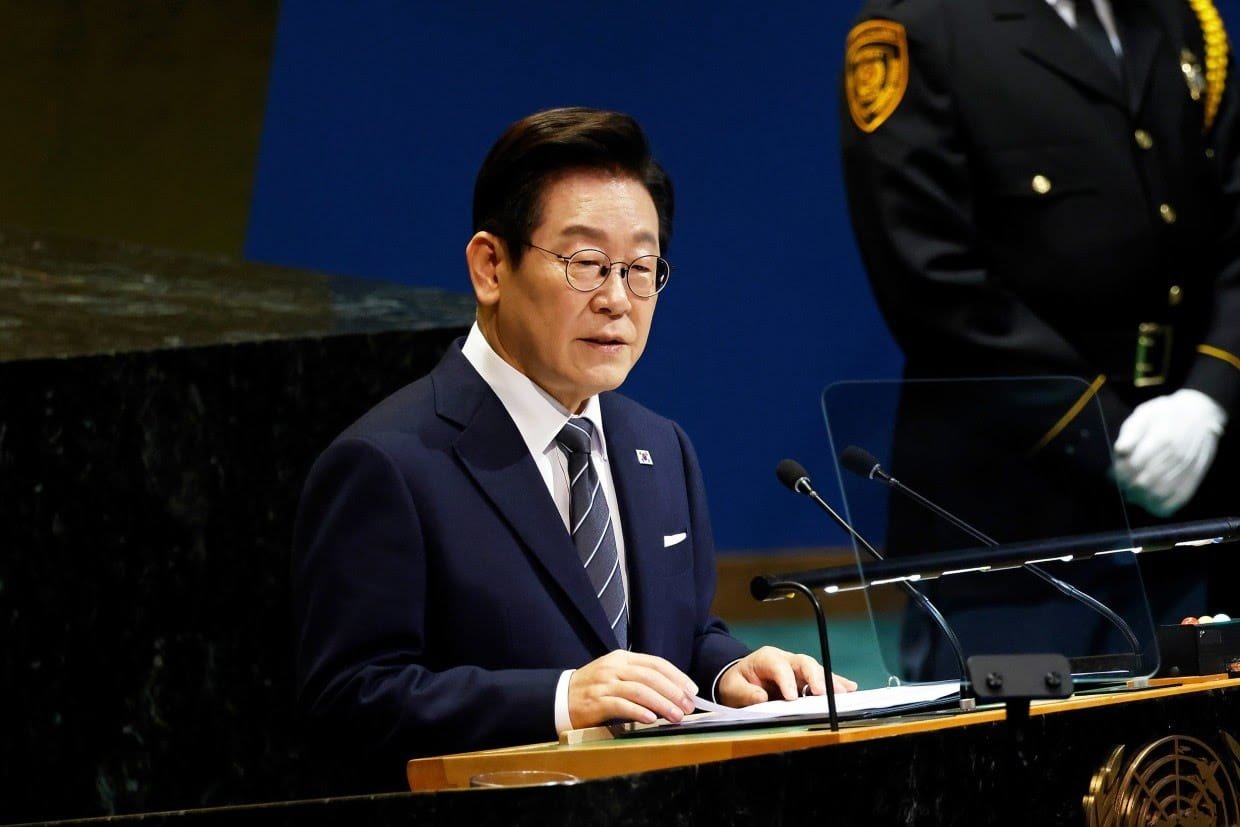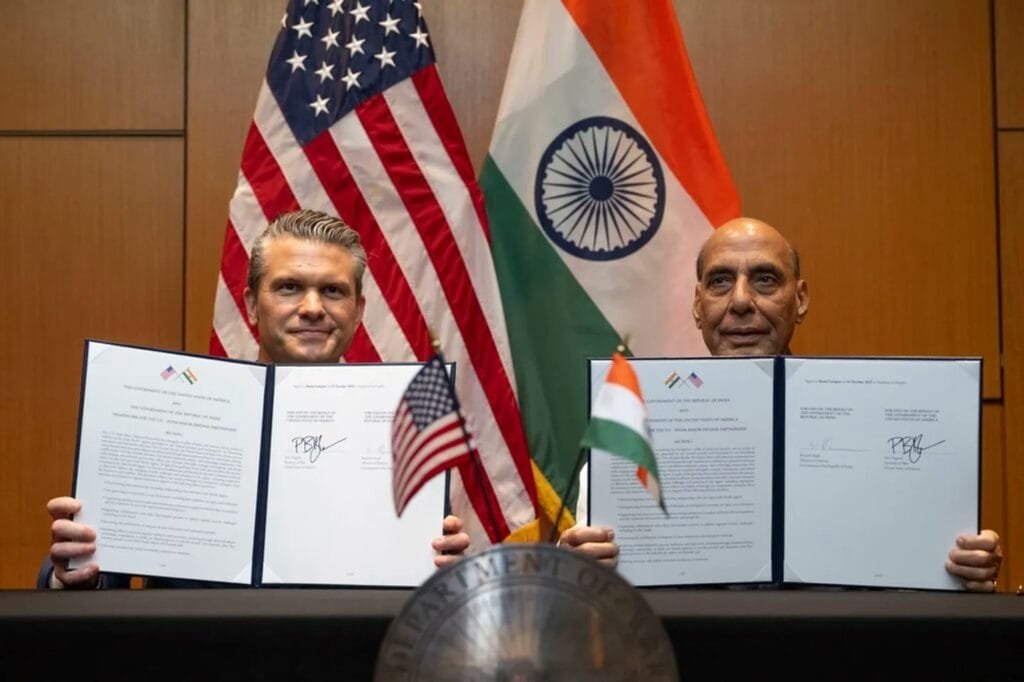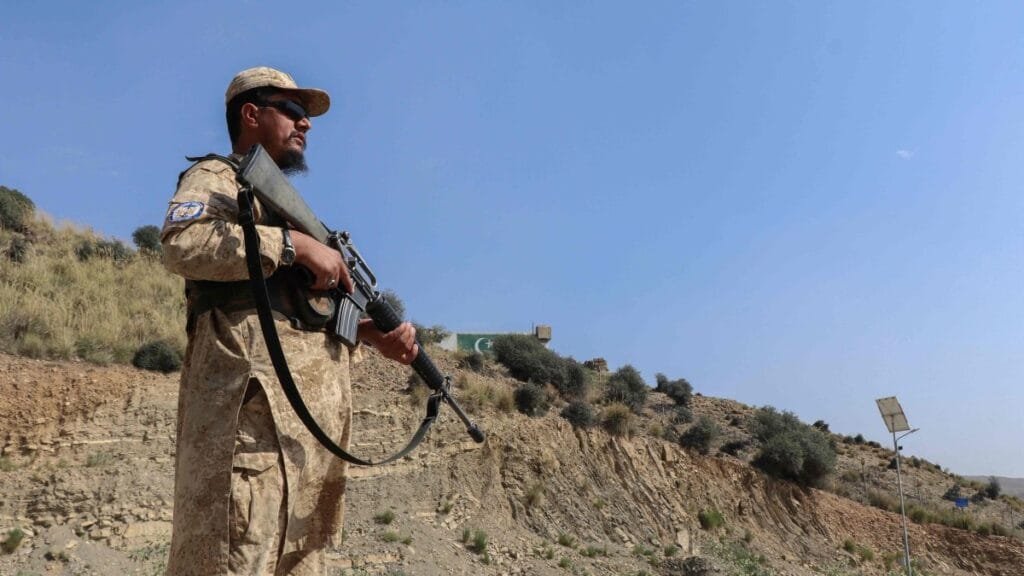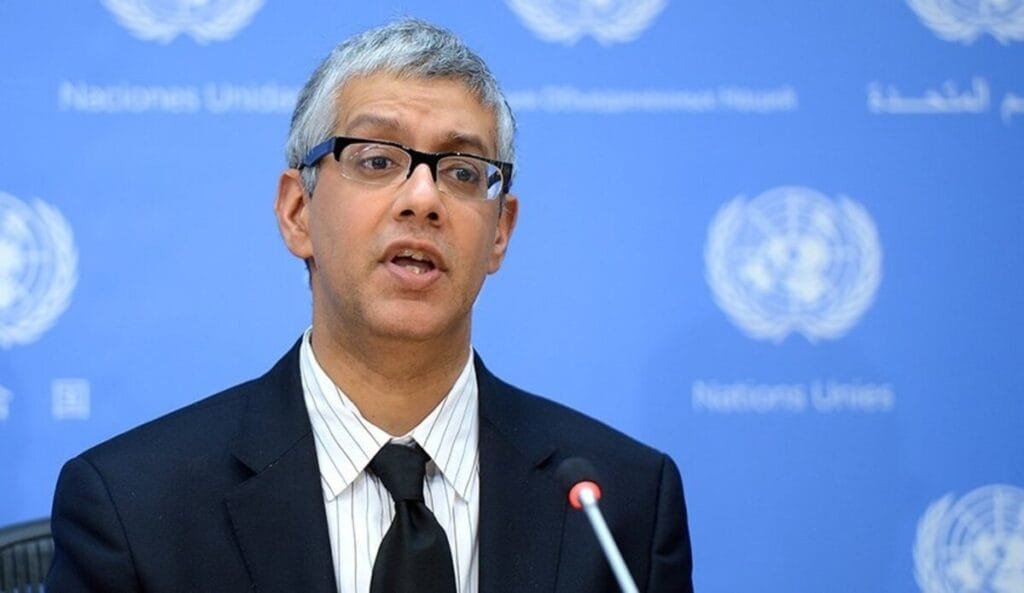North Korean leader Kim Jong Un may be closer than ever to fielding an intercontinental ballistic missile capable of reaching the continental United States, South Korean President Lee Jae-Myung warned on September 25, during a stop in New York. Lee said that Pyongyang has progressed “to the final stage” of developing an ICBM with a nuclear payload, and that the only remaining hurdle is perfecting atmospheric re-entry technology.
“Weapons capable of reaching the United States, carrying a nuclear bomb, are under development,” Lee said, acknowledging that although North Korea has not yet mastered re-entry, resolving that challenge appears imminent. He added that the risks posed by such capabilities could deter investment in South Korea and destabilize regional security.
Pyongyang’s latest ICBM project, often referred to as Hwasong-19, has already been test-launched in lofted trajectories, with analysts assessing that its range could reach U.S. territory. Still, technical questions remain about warhead re-entry, guidance, survivability, and reliability—areas in which North Korea has historically lagged.
Lee used the remarks to call for renewed diplomatic initiatives, proposing mid-term reductions in nuclear arsenals and a long-term goal of denuclearization. He also asserted that U.S. President Donald Trump may be uniquely suited to negotiate with Kim Jong Un, given past engagements—and noting Trump’s expressed interest in further talks.
Analysts say Lee’s comments reflect growing alarm in Seoul and among allies over North Korea’s accelerating missile modernization, especially following recent tests of a solid-fuel engine intended for long-range missiles.





